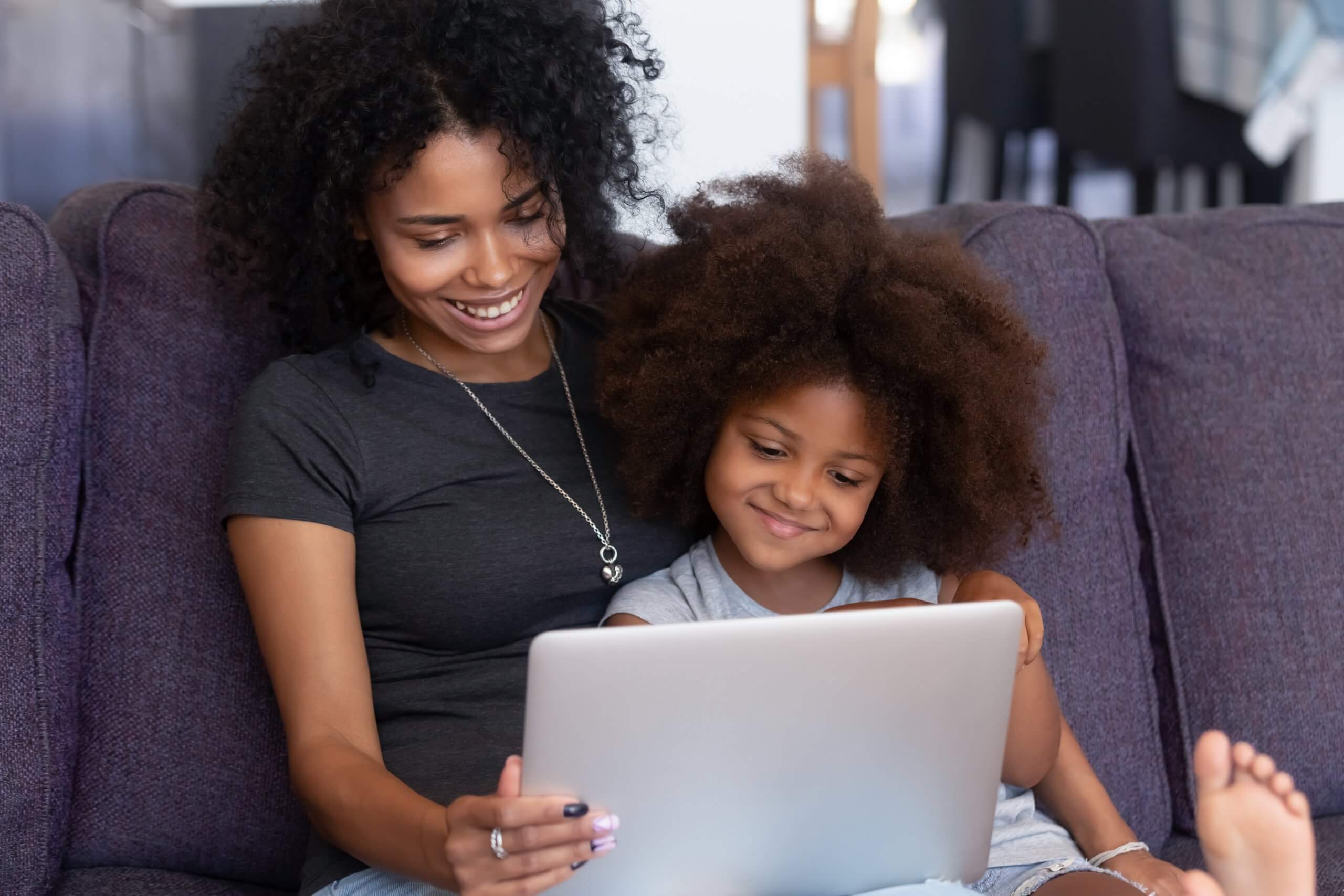Using Telehealth for ABA Services – What Should I Expect?

FEATURED POSTS
September 25, 2025
September 2, 2025
By Katherine Johnson, BCBA
With the ongoing concerns regarding coronavirus (Covid-19) and recommendations for social distancing, ABA providers are quickly adapting to create new service delivery options for families. Providers want to keep families and staff as safe as possible, while ensuring that clients continue to receive the care they need. Telehealth allows patients to receive services remotely, making it an ideal way to minimize in-person interactions. Every day, more insurance carriers are joining in approving this mode of service delivery for ABA clients.
Who needs Telehealth?
While some families are seeking continuity of the same level of services they were receiving previously, sheltering in place has actually increased the need for services for some. Newly-diagnosed children and older individuals with aggression or self-injurious behavior cannot afford a break in services. Children and adults who are struggling to adapt to the drastic change in routine of a sudden break from school or expected community activities may need more help than ever.
How does Telehealth help my family social distance?
Using Telehealth decreases the number of people with whom your family will interact on a daily basis. Although you may still choose to have services in your home, Telehealth provides the option to minimize the number of providers. Direct service providers typically visit only a small number of homes. Having a BCBA, who is responsible for supervising more families and staff, provide supervision and parent training via Telehealth allows those professionals to continue to serve many families without the risk of spreading germs between houses.
How can Telehealth work within an ABA model?
The model used for ABA is called real-time Telehealth or synchronous telemedicine. This means that the health care provider and the patient are speaking and interacting in real time via audio or video communication. Here are some examples of how real-time Telehealth might be used:
- The direct therapist is assigned to a minimum number of homes and takes precautionary measures to keep him/herself and the family low-risk. Therapy proceeds as usual, with the BCBA observing sessions, taking data, making protocol modifications, and giving feedback through the use of a Telehealth platform.
- In cases where direct therapy is not able to occur, another option could be an increase in parent education hours. Some families might be prepared to continue the programming formerly implemented by the direct therapist, and some families will not be. BCBAs can re-assess needs and design a parent-training program that meets the needs of the client within the constraints of the current family circumstances, whatever those may be. This may mean changing goals, shifting priorities, and introducing different methods of managing behavior.
- In some cases, direct therapy through Telehealth may be clinically appropriate. Individuals who are able to readily attend and communicate with a therapist without physical redirection and who don’t require in-person reinforcement delivery may be able to make progress through Telehealth. The feasibility of this would be determined by the BCBA.
Are there privacy concerns?
You have the right to expect your health care providers to protect your privacy no matter what modality your services are provided through. There are many different types of Telehealth software specifically designed to be HIPAA compliant. As with any healthcare service you receive, if you have privacy concerns, discuss them with your provider. And always remember that whether or not you consent to services is entirely your decision.
What should I expect? How do I prepare?
The following are helpful in preparing to receive Telehealth services:
- A strong Wi-Fi connection in your home
- A physical arrangement that minimizes disruptions and keeps other ambient noise to a minimum
- A device that can be set up to properly view the therapy surroundings and the entire session (for observations and supervision) and moved to an area for 1:1 discussion, out of earshot of the client (for parent or therapist private discussion with the provider)
- Proper audio on your device. Consider a mix of using device audio and headphones. When a provider is observing the session, the device audio will capture all of the interactions going on. When your child is taking a break and you and the provider need to speak, it may be best to use headphones for better sound quality and to reduce background noise.
- Any other typical items you use during therapy: note-taking materials, etc.
As with any type of therapy, it’s important to have excellent communication with your providers to share how the model is working for you. A continuous open dialogue with your provider about your experience allows them to troubleshoot with you, ultimately making sure that this is an effective way for your family to receive ABA services.
Continuity of services is important for both your child and your family, especially during this time of general disruption in routine. Not only does this provide consistency in routine, it gives your child the opportunity to engage with others and to continue developing skills, and will ultimately support their adjustment back into a normal routine once this situation resolves.






